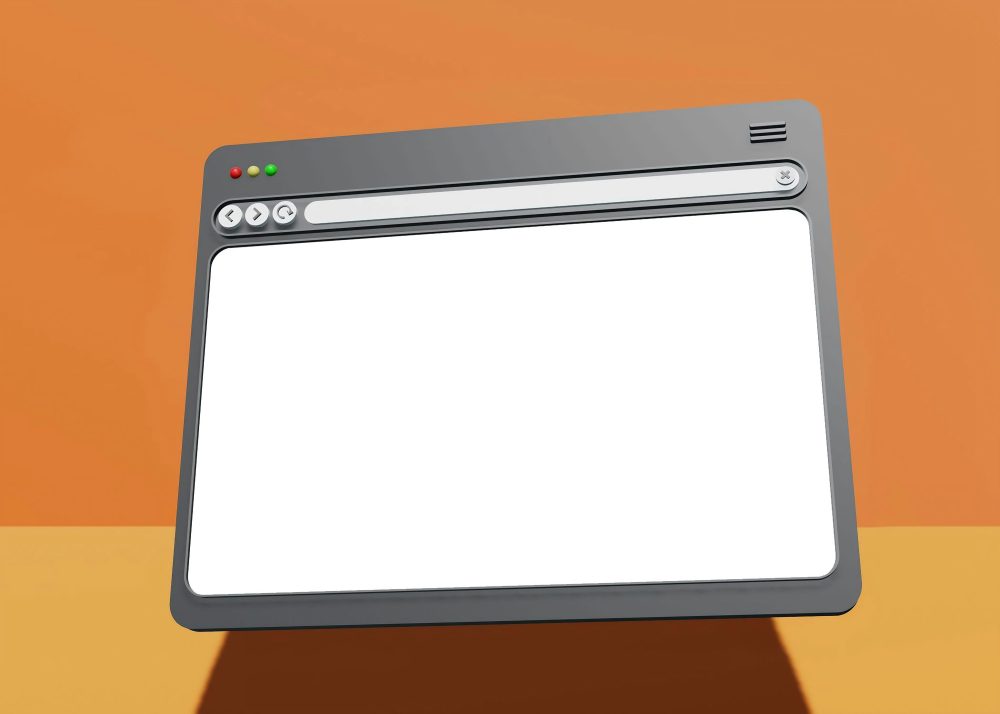Words matter. They’re how you build a bridge between your organisation and visitors to your website, and can be difference between someone clicking away and someone donating, signing up, or getting involved.
In a crowded digital space, your copy is more than information. It’s connection, clarity, and persuasion wrapped in language that reflects your values. People respond to words delivered with passion and empathy.
Here’s how to write website copy that inspires action without compromising what your organisation stands for.
1. Understand Your Audience First
If you’ve read our previous post on Nonprofit Web Design Best Practices: How to Build a Website That Drives Impact, you’ll already know how much we advocate for the importance of knowing your audience. And creating website copy that drives impact is no different.
If you don’t know who you’re speaking to, you risk creating content that speaks to no one. Define your key audience segments — donors, volunteers, service users, partners — and understand their goals, motivations, and challenges. Your website copy should speak to these different perspectives.
Where possible, leverage user insights from surveys, interviews, and analytics to inform tone and content.
2. Craft a Clear and Compelling Value Proposition
A value proposition is a key part of the website copy on your homepage. Essentially, it’s a concise statement that explains why someone should choose to engage with a particular product, service or cause. It outlines the benefits and value your organisation can offer and what sets you apart from the crowd.
A value proposition should answer:
- Why should someone care?
- What impact are you creating?
- What makes you different?
Focus on benefits, not just features. For example:
“We connect local farmers with families in need, ensuring no one in our community goes hungry.”
3. Use Emotional Storytelling to Build Connection
Storytelling makes your mission tangible. It brings a human voice and face to your cause area, building engagement and trust. Tell emotionally resonant stories highlighting one person, one project, or one moment that captures your impact.
Pair human stories with:
- Facts and statistics to deepen credibility
- Real-world photography
- Direct quotes from someone you’ve helped or worked with
- Infographics to show the scale of your work
Emotion draws people in. Proof keeps them there.
4. Write for Clarity First, Then Persuasion
Clarity builds trust, and this largely stems from the language you choose to use. Once you’ve secured visitors’ trust you can inspire them to take action.
When creating website copy, keep language simple, jargon-free and avoid overwhelming people with too much information at once. Using plain language also means you’re making your content more accessible, and is one of the key success criteria in the Web Content Accessibility Guidelines (WCAG).
Your content should aim to be:
- Age 11–13 reading level (UK school Year 6–8).
- Max. 20 words per sentence.
- Short sentences and scannable paragraphs.
- Structured with headings, bullet points, and visuals to make key points stand out.
Tip: Test with Hemingway App or Readable.com to ensure plain language and good readability.
5. Create Strong Calls to Action (CTAs)
Calls-to-action (CTAs) are one of your most important conversion levers. They catch visitors’ attention and guide them to which step to take next on your website, so make them count! Don’t hide them, bury them in text, or make people guess what to click.
Best practices for CTAs:
- Use action-focused language: “Donate Now,” “Join the Movement,” “Protect a Family Today.”
- Make buttons visually distinct — use contrast and whitespace so they stand out.
- Place CTAs above the fold and repeat them throughout the page.
Make the path to action obvious and inviting so visitors aren’t confused or hesitant about what step to take next.
6. Common Mistakes to Avoid
When you’re deeply connected to your mission, it’s easy to get lost in the details. Passion and expertise are strengths, but they can lead to pages of dense text, insider language, or assumptions about what visitors already know.
To keep your copy clear, focused, and action-driven, avoid:
- Being vague about your mission or impact – Spell out exactly what you do, who you help, and why it matters.
- Overloading pages with text – Give visitors room to breathe with short sections, headings, and whitespace.
- Hiding or underplaying your CTAs – If the next step isn’t obvious, people won’t take it.
- Using generic link phrases like “Click Here” – They’re unhelpful for sighted users and inaccessible for screen reader users. Use descriptive, action-focused link text instead.
7. Final thoughts
Good website copy isn’t just about words — it’s about the actions those words inspire. When you combine audience insight, a clear value proposition, emotional storytelling, and strong CTAs, you create a site that doesn’t just inform, but moves people to act.
If you’d like support crafting website content that reflects your mission and drives impact, explore Circular Design’s website strategy and content services.



